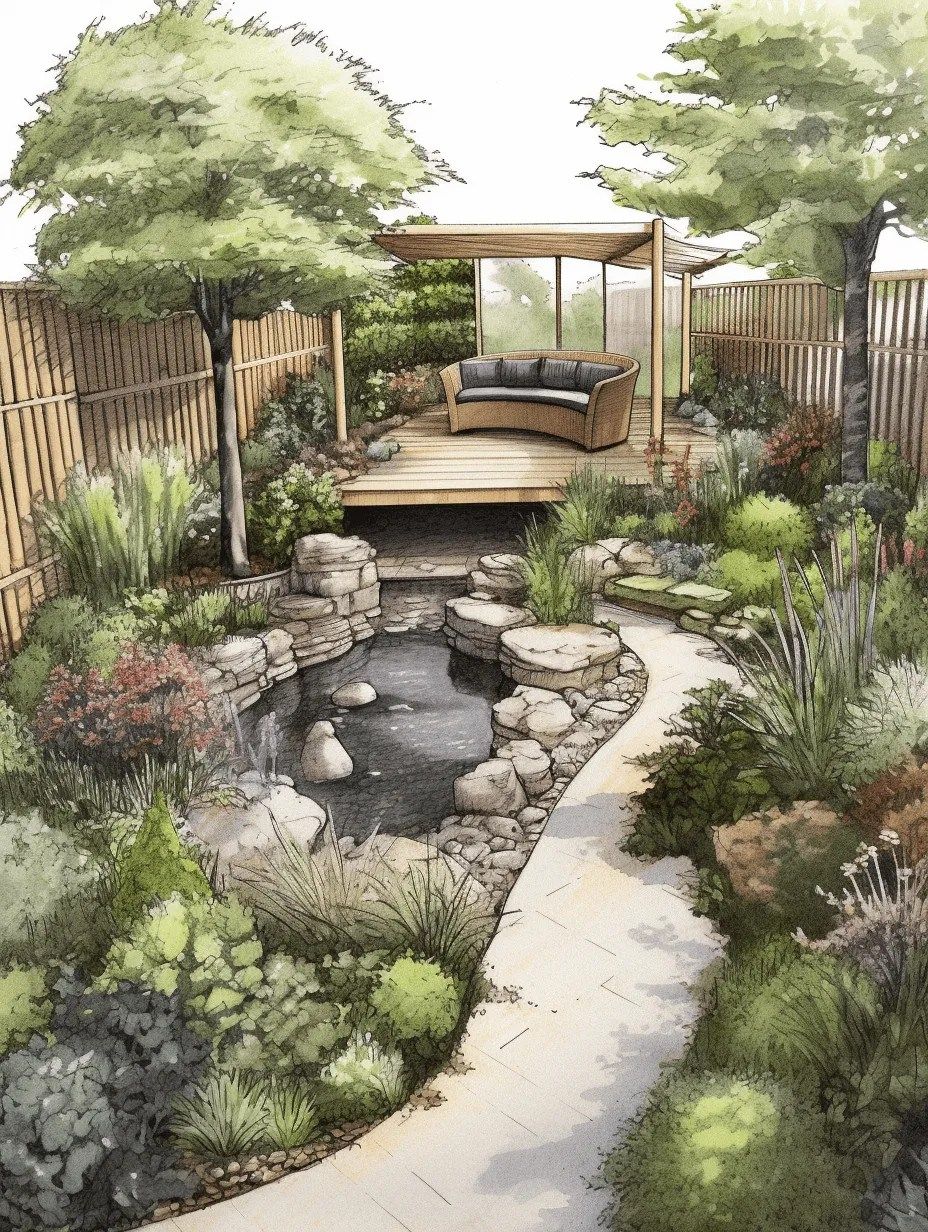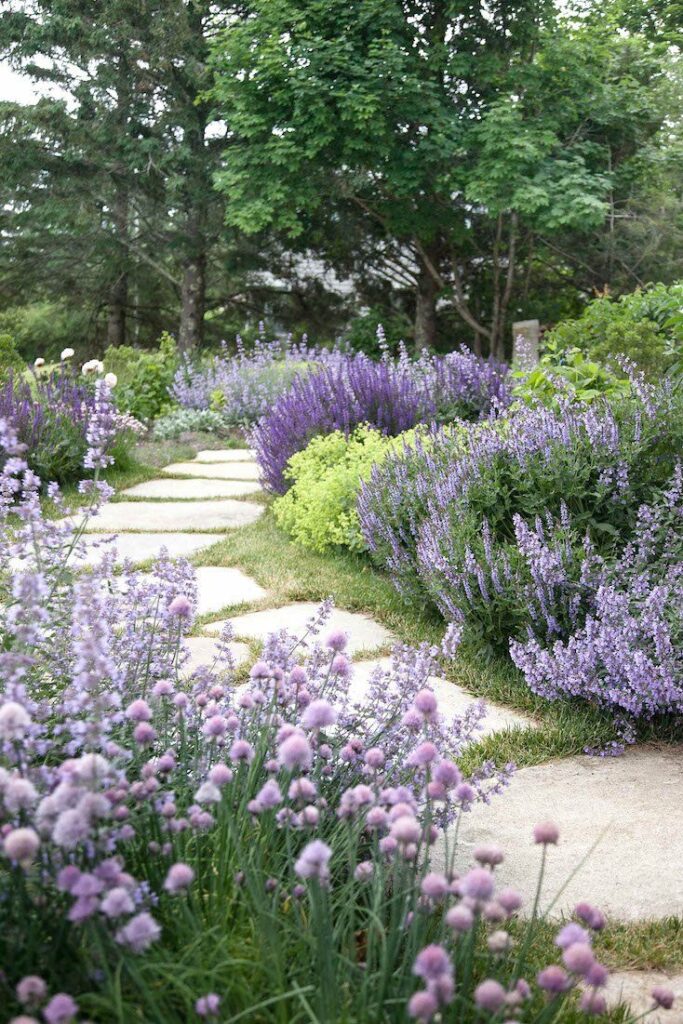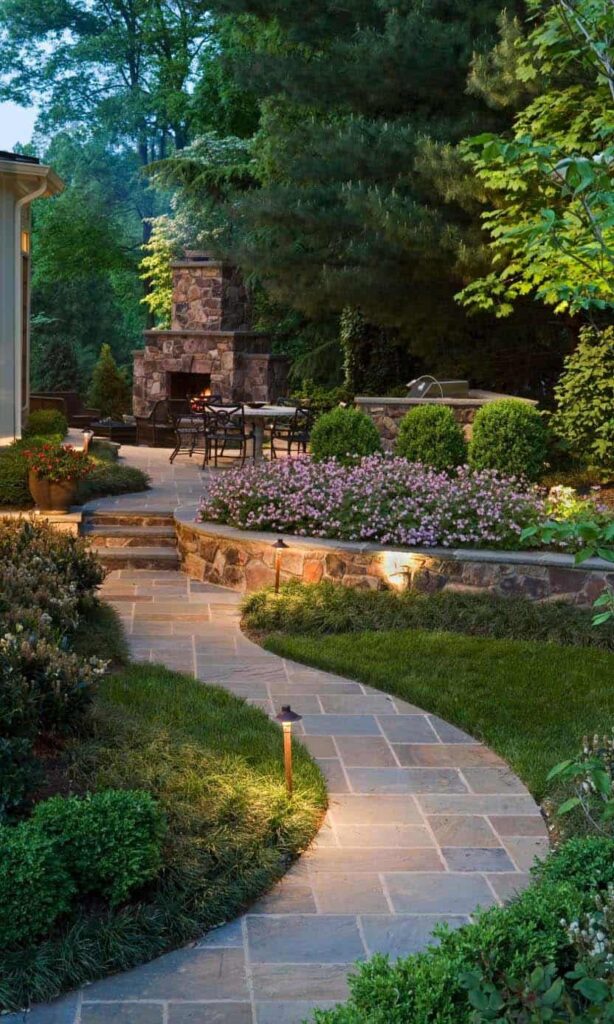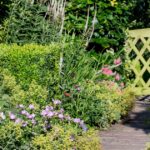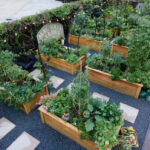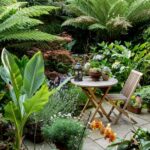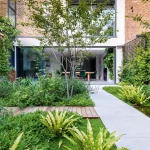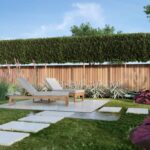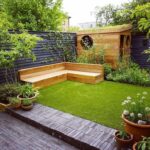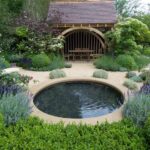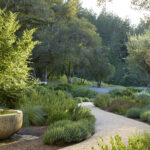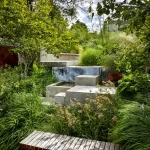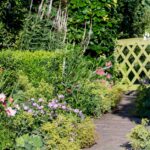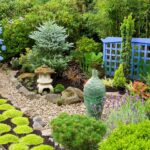Garden design is a crucial aspect of creating a beautiful and functional outdoor space. A well-designed garden can enhance the overall aesthetics of a property while also providing a peaceful and relaxing environment for its inhabitants. When it comes to garden design, there are several key principles that should be considered in order to achieve a successful and harmonious result.
One of the first things to consider when designing a garden is the overall layout and structure. This includes the placement of plants, trees, and other elements such as pathways, water features, and seating areas. A well-thought-out layout can help to create balance and flow within the garden, making it both visually appealing and functional.
Another important factor in garden design is the selection of plants. It is crucial to choose plants that are well-suited to the local climate and soil conditions, as well as ones that will complement each other in terms of color, texture, and height. By carefully selecting the right plants for your garden, you can create a harmonious and cohesive look that will thrive and flourish over time.
In addition to plants, other elements such as hardscaping and outdoor structures can also play a key role in garden design. Hardscaping, which includes elements such as patios, decks, and retaining walls, can help to define different areas within the garden and provide a solid foundation for plantings. Outdoor structures such as pergolas, arbors, and trellises can also add visual interest and provide support for climbing plants.
Lighting is another important aspect of garden design that is often overlooked. Properly placed outdoor lighting can not only enhance the beauty of the garden but also extend its usability into the evening hours. By strategically placing lighting fixtures throughout the garden, you can create a warm and inviting atmosphere that can be enjoyed both day and night.
The final step in garden design is maintenance. A well-designed garden should be easy to care for and maintain over time. This includes regular watering, pruning, weeding, and fertilizing to keep plants healthy and thriving. By staying on top of maintenance tasks, you can ensure that your garden remains a beautiful and enjoyable space for years to come.
In conclusion, garden design is a multifaceted process that involves careful planning, selection, and maintenance. By following key principles such as layout, plant selection, hardscaping, lighting, and maintenance, you can create a beautiful and functional outdoor space that will enhance the overall aesthetics of your property. Whether you have a small backyard or a sprawling estate, thoughtful garden design can help to create a peaceful and inviting environment that you can enjoy for years to come.
